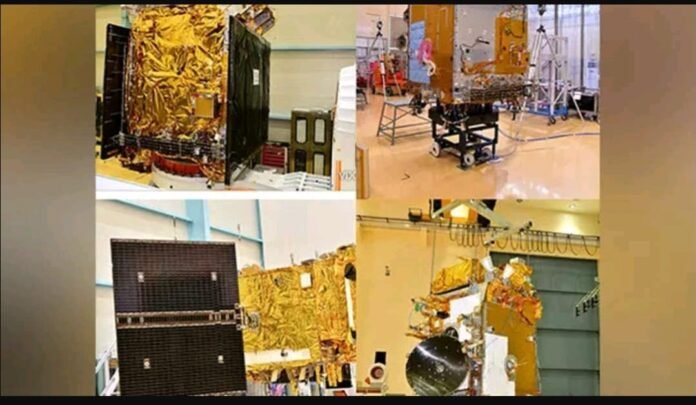The Sun, a celestial body that has captivated humanity for eons, continues to hold a plethora of secrets that scientists are eager to unravel. India, with its unwavering commitment to space exploration, is poised to embark on an audacious journey to shed light on these mysteries through the Aditya-L1 mission.
The Aditya-L1 mission, named after the Sanskrit word for “sun,” is a testament to India’s prowess in space technology and its thirst for scientific discovery. This ambitious endeavor aims to position a spacecraft in a unique orbit around the Earth-Sun Lagrange point, allowing it to observe the Sun continuously without being obscured by our planet’s atmosphere.
The primary motivation behind India’s keen interest in studying the Sun is to deepen our understanding of the star that serves as the ultimate source of energy for Earth’s myriad life forms. The Sun’s dynamic processes play a crucial role in space weather phenomena that can impact communication systems, power grids, and even astronauts’ health during space missions. By scrutinizing the Sun’s outermost layer, or corona, the mission aspires to decipher the mechanisms driving solar wind, which can influence Earth’s magnetic environment.
Furthermore, delving into the Sun’s intricacies could provide invaluable insights into fundamental astrophysical questions. Scientists are eager to comprehend the origins of solar flares and coronal mass ejections – explosive events on the Sun’s surface that can eject massive amounts of energy and particles into space. These phenomena, while awe-inspiring, also pose potential hazards to our technology-dependent society.
The Aditya-L1 spacecraft is designed with cutting-edge instruments to enable precise observations of the Sun. One of its key instruments, the Visible Emission Line Coronagraph (VELC), will capture images of the corona by blocking out the intense sunlight, revealing the usually elusive details of this region. The mission also aims to measure the abundance of specific elements in the corona, offering clues about the processes occurring within the Sun.
As India endeavors to venture closer to the Sun than ever before, it joins an exclusive club of spacefaring nations engaged in solar research. NASA’s Parker Solar Probe and the European Space Agency’s Solar Orbiter are other notable missions striving to unlock the Sun’s enigmas. Collaboration and information-sharing among these missions could potentially lead to groundbreaking discoveries that transcend borders and benefit all of humanity.

